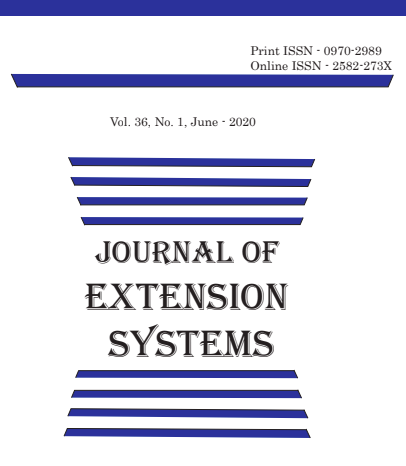The Factors that are Influencing Mobile Banking App Adoption: Focusing on Security Perceptions, Behavioral Intentions and Technological Trust in Emerging Markets.
DOI:
https://doi.org/10.48165/jes2022.38.2.3Keywords:
Mobile Banking Adop tion, Security Perceptions, Behav ioral Intentions, Technological Trust, Emerging MarketsAbstract
The rapid adoption of mobile banking apps in emerging markets is driven by digital transformation and financial inclusion but hindered by security concerns, trust in technology, and behavioral factors. This study explores how security perceptions, behavioral intentions, and technological trust influence adoption. It examines user concerns about data breaches, fraud, and privacy, along with factors like ease of use and social influence. Trust in technology and financial institutions plays a crucial role in adoption decisions. Using a quantitative approach, the study provides insights for banks, fintech firms, and policymakers to enhance security frameworks and build trust, fostering financial inclusion.
Downloads
References
Agarwal, R., Rastogi, S., & Mehrotra, A. (2018). The impact of smartphone penetration on mobile banking in India. Journal of Financial Technology and Innovation, 6(2), 45-67.
Alalwan, A. A., Dwivedi, Y. K., Rana, N. P., & Williams, M. D. (2018). Consumer adoption of mobile banking in Jordan: Ex amining the role of usefulness, ease of use, perceived risk, and trust. Journal of Financial Services Marketing, 23(2), 123-140.
Davis, F. D. (1989). Perceived usefulness, perceived ease of use, and user acceptance of information technology. MIS Quarterly, 13(3), 319-340. https://doi.org/10.2307/249008
Gefen, D., Karahanna, E., & Straub, D. W. (2003). Trust and TAM
in online shopping: An integrated model. MIS Quarterly, 27(1), 51-90.
Kim, C., Tao, W., Shin, N., & Kim, K. S. (2010). An empirical study of customers’ perceptions of security and trust in e-payment systems. Electronic Commerce Research and Applications, 9(1), 84-95.
Luarn, P., & Lin, H. H. (2005). Toward an understanding of the behavioral intention to use mobile banking. Computers in Hu man Behavior, 21(6), 873-891.
McKnight, D. H., Choudhury, V., & Kacmar, C. (2002). Developing and validating trust measures for e-commerce: An integrative typology. Information Systems Research, 13(3), 334-359.
Shaikh, A. A., & Karjaluoto, H. (2015). Mobile banking adoption: A literature review. Telematics and Informatics, 32(1), 129-142. Jagetia, A., & Perwej, A. (2022). The impact of the goods and ser vices tax (GST) on India’s textile industry. Journal of Educa tion: Rabindra Bharati University, 25(2), 129-133.
Jagetia, A., & Perwej, A. (2022). A study on effects of goods & ser vice tax (GST) on Rajasthan textile. Shodhsamhita, 9(2), 116- 122.
Jagetia, A., & Perwej, A. (2022). GST impact: An analysis of Rajas than textile industries. The Journal of Oriental Research Ma dras, 2, 14-19.
Jagetia, A., & Perwej, A. (2020). After implementation impact of GST on the financial health of textile companies: South West Rajasthan. The Mattingley Publishing Co., Inc., 83, 30789- 30801.
Jagetia, A. (2022). The renewable electricity (wind energy) pro duction tax credit. The Journal of Oriental Research Madras, 2, 81-94.
Published
Issue
Section
License
Copyright (c) 2025 Journal of Extension Systems

This work is licensed under a Creative Commons Attribution-NonCommercial-NoDerivatives 4.0 International License.

